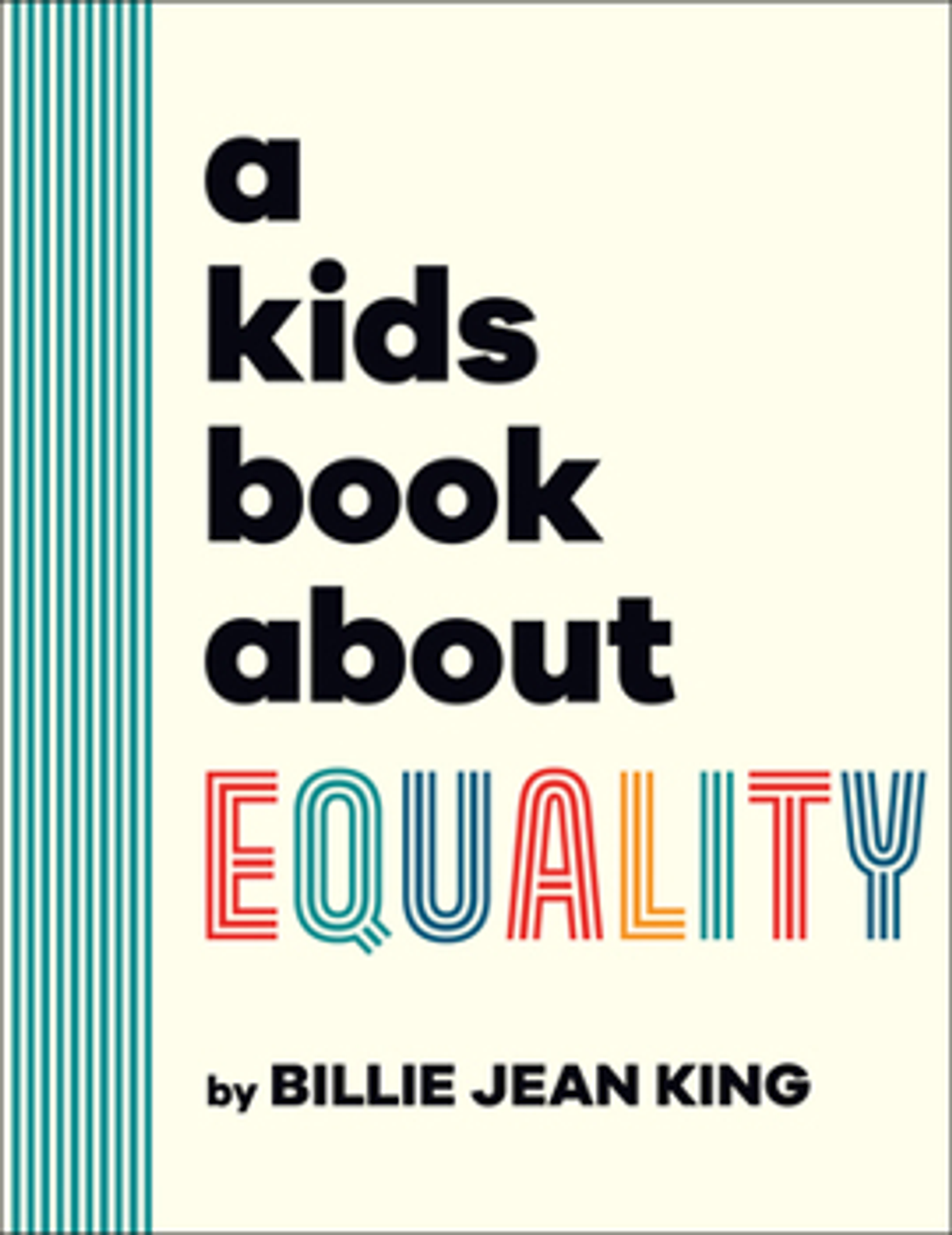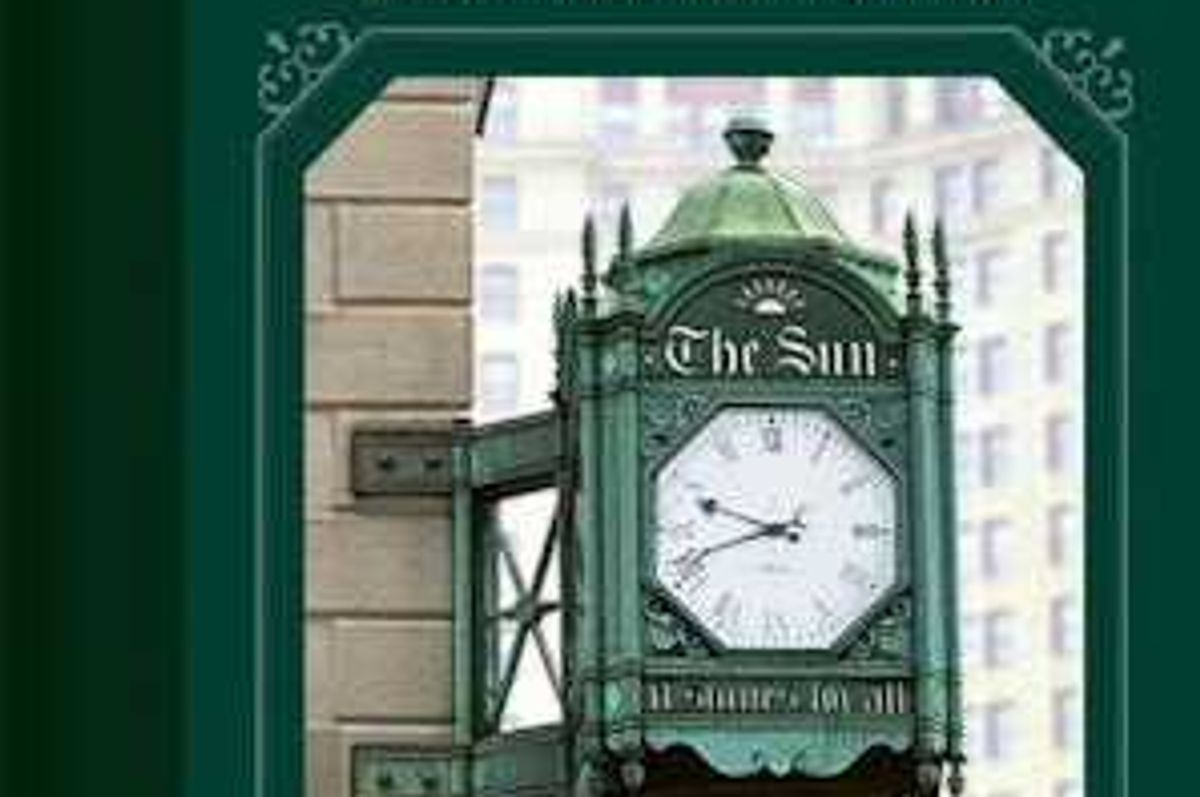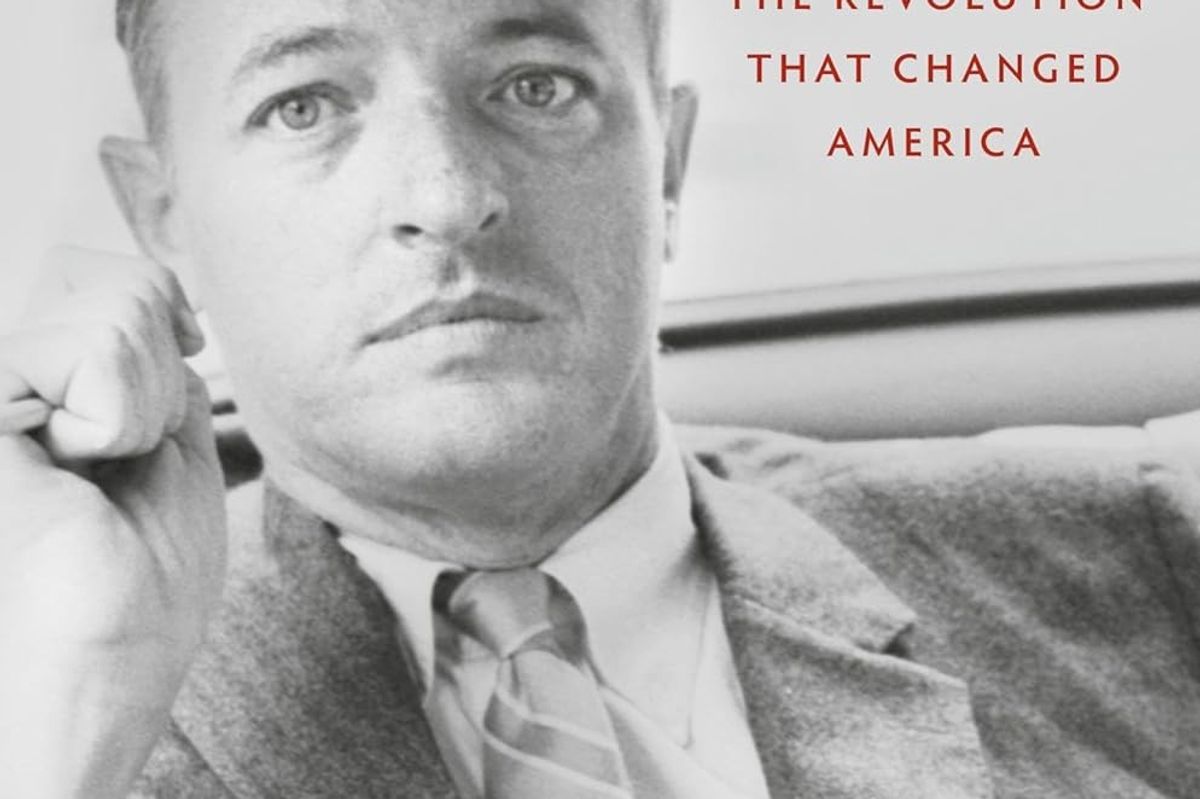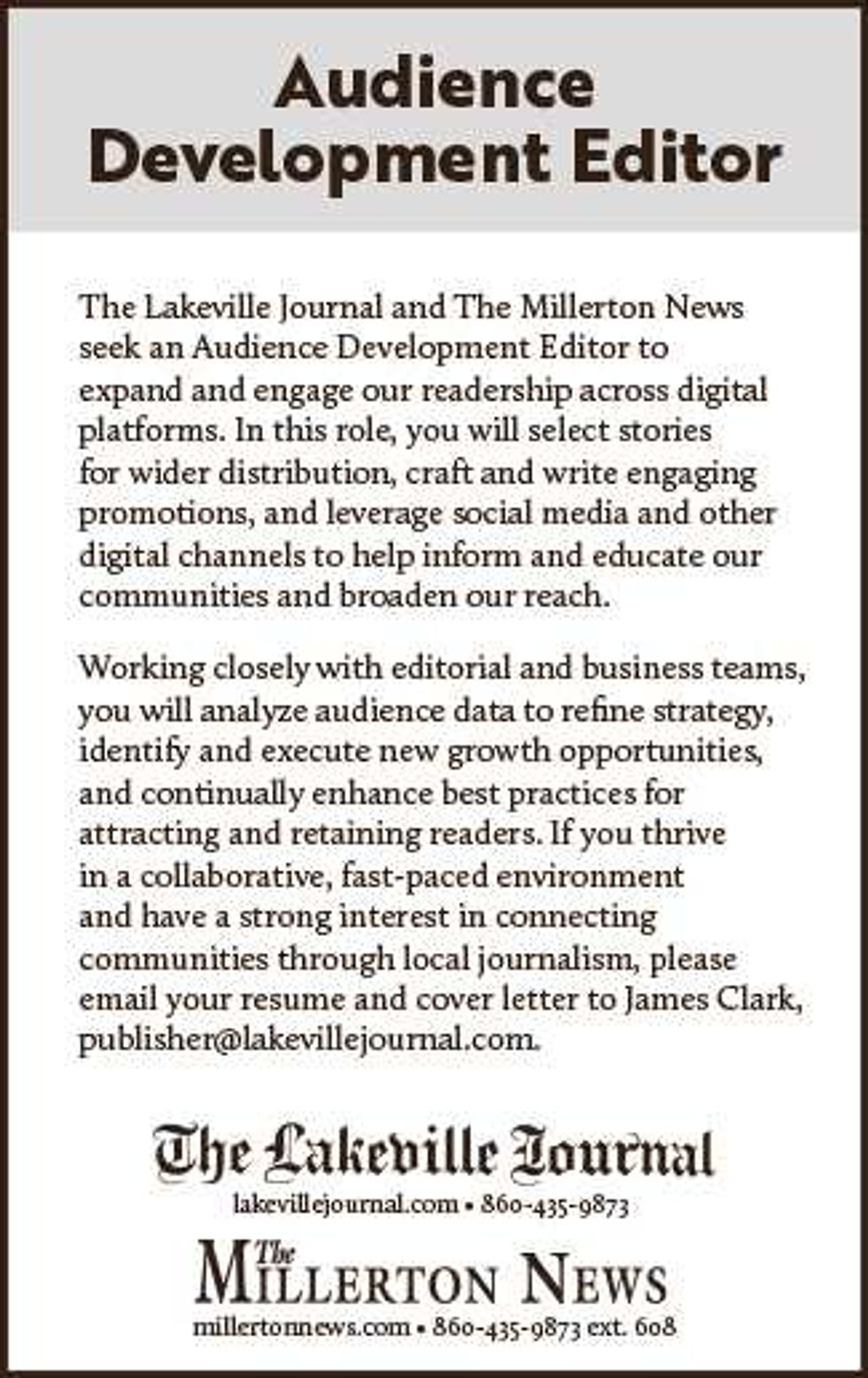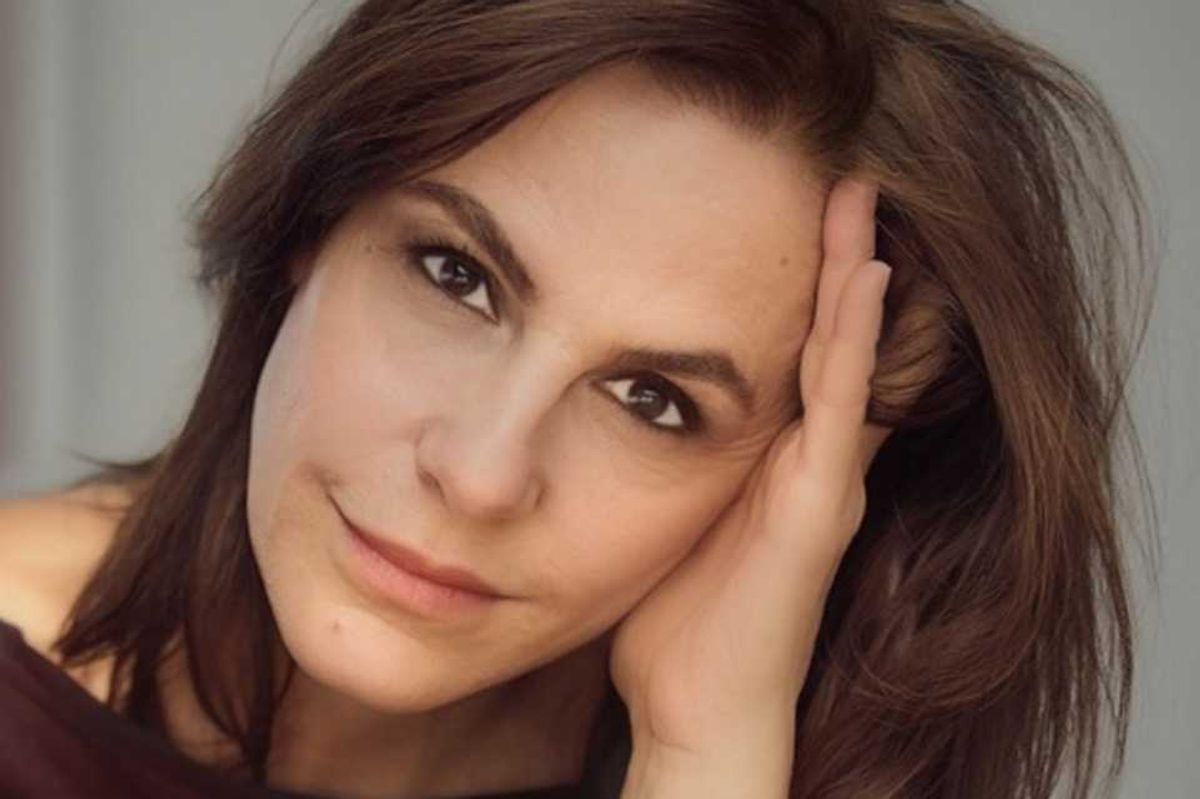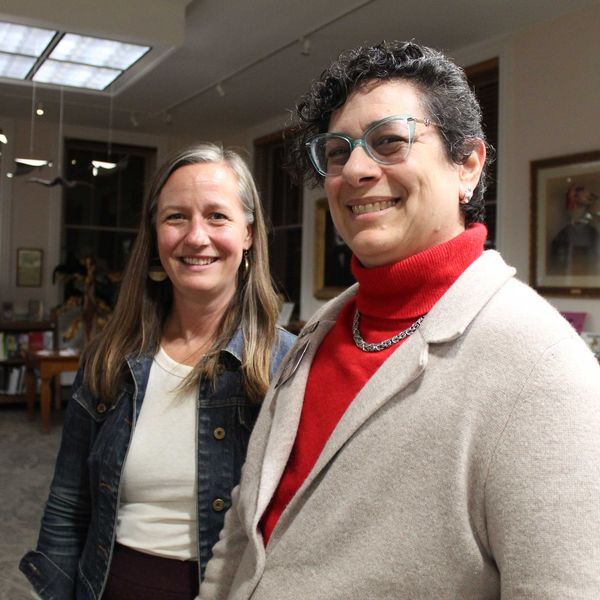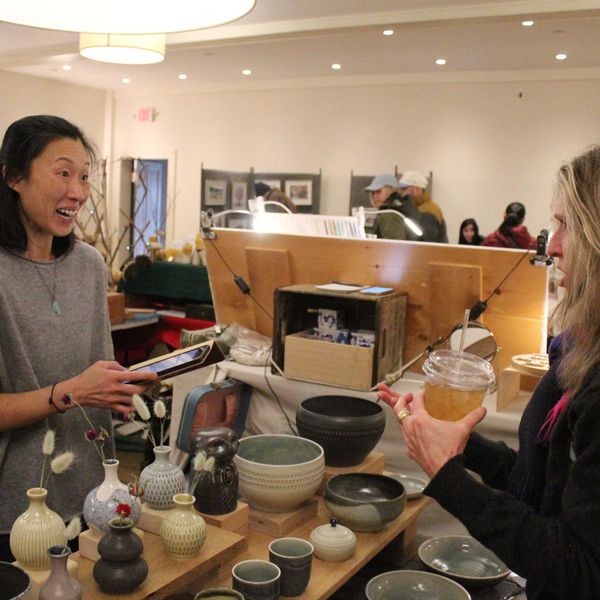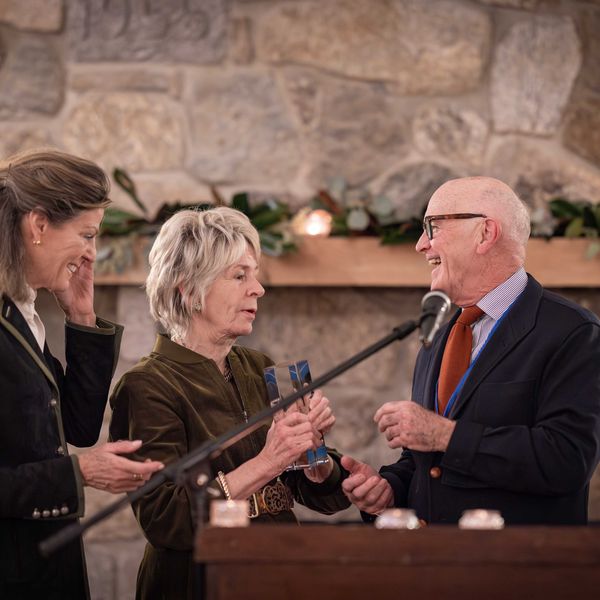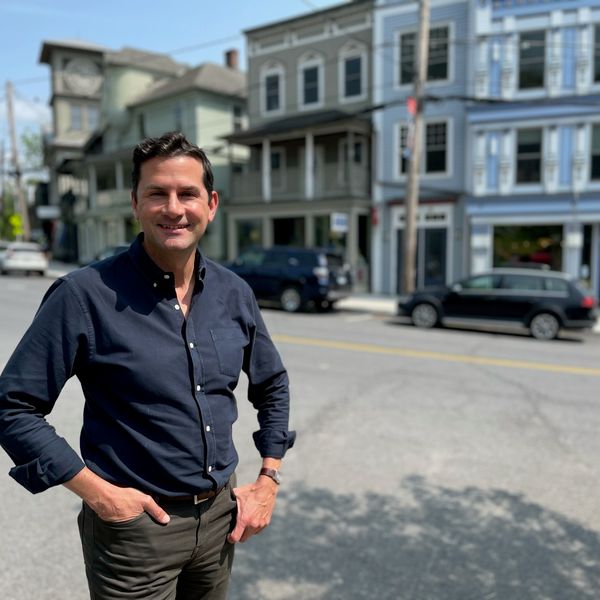Latest News
Classifieds - December 4, 2025
Dec 03, 2025
Help Wanted
CARE GIVER NEEDED: Part Time. Sharon. 407-620-7777.
SNOW PLOWER NEEDED: Sharon Mountain. 407-620-7777.
Weatogue Stables has an opening: for a part time or full time team member. Experienced and reliable please! Must be available weekends. Housing a possibility for the right candidate. Contact Bobbi at 860-307-8531.
Services Offered
Deluxe Professional Housecleaning: Experience the peace of a flawlessly maintained home. For premium, detail-oriented cleaning, call Dilma Kaufman at 860-491-4622. Excellent references. Discreet, meticulous, trustworthy, and reliable. 20 years of experience cleaning high-end homes.
Hector Pacay Service: House Remodeling, Landscaping, Lawn mowing, Garden mulch, Painting, Gutters, Pruning, Stump Grinding, Chipping, Tree work, Brush removal, Fence, Patio, Carpenter/decks, Masonry. Spring and Fall Cleanup. Commercial & Residential. Fully insured. 845-636-3212.
The Villas Cleaning Team: Owner-Operated. Reliable, detailed cleaning by a trusted husband-and-wife team. Homes & Offices. Airbnb. Small Post-Construction. Commercial. Windows. Laundry. Consistent cleaners every time. Competitive rates. Flexible scheduling. Call/Text: 903-918-2390. Dave Villa for a free estimate.
Auctions, Estate Sales
Estate/Tag Sale: 168 Johnson Road, Falls Village CT. Friday Saturday Sunday, December 5th-7th. Total house contents, furniture, antique and vintage collectables, costume jewelry, shed stuff, basement stuff, stairs chairlift, some art. Fri, Sat 9-4 and Sunday 9-noon. A Tommy sale, come and get it!!
Real Estate
PUBLISHER’S NOTICE: Equal Housing Opportunity. All real estate advertised in this newspaper is subject to the Federal Fair Housing Act of 1966 revised March 12, 1989 which makes it illegal to advertise any preference, limitation, or discrimination based on race, color religion, sex, handicap or familial status or national origin or intention to make any such preference, limitation or discrimination. All residential property advertised in the State of Connecticut General Statutes 46a-64c which prohibit the making, printing or publishing or causing to be made, printed or published any notice, statement or advertisement with respect to the sale or rental of a dwelling that indicates any preference, limitation or discrimination based on race, creed, color, national origin, ancestry, sex, marital status, age, lawful source of income, familial status, physical or mental disability or an intention to make any such preference, limitation or discrimination.
Tag Sales
Sharon, CT
TAG SALE: SATURDAY, DECEMBER 6, 10:00 AM - 2:00 PM, 135 Sharon Mountain Road, Sharon, CT 06069. Clearing things out before the holidays! Stop by for a great mix of items, including: Kitchenware, Small pieces of art, A few pieces of furniture, Clothing, Books, And more assorted household items. Easy to find, everything priced to sell. Hope to see you there!
Keep ReadingShow less
Legal Notices - December 4, 2025
Dec 03, 2025
Legal Notice
Notice of Formation of Studio Yarnell LLC
Notice of Formation of Studio Yarnell LLC. Articles of Organization filed with the Secretary of State of New York (SSNY) on October 20, 2025. Office location: Dutchess County, NY. SSNY has been designated as agent of the LLC upon whom process against it may be served. SSNY shall mail a copy of any process to: 279 McGhee Hill Road, Millerton, NY 12546. Purpose: Marketing consultancy.
11-13-25
11-20-25
11-27-25
12-04-25
12-11-25
12-18-25
Legal Notice
Notice of Formation of a Limited Liability Company (LLC). The name of the LLC is: Kim’s Business LLC. Articles of Organization were filed with the Secretary of State of New York (SSNY) office on: 11/8/2025. The County in which the Office is to be located: Dutchess. The SSNY is designated as agent of the LLC upon whom process against it may be served. The address to which the SSNY shall mail a copy of any process against the LLC is: 420 Quaker Hill Rd Pawling, NY 12564. Purpose: any lawful activity.
11-20-25
11-27-25
12-04-25
12-11-25
12-18-25
12-25-25
Legal Notice
Notice of Formation of DULCIFY LLC Art. Of Org. filed with SSNY on 09/04/2025. Office Location: 56 South Center Street, Millerton, Dutchess County, NY 12546. SSNY designated as agent of the LLC upon whom process against it may be served. SSNY shall mail process to the Dulcify LLC, 56 South Center Street, Millerton NY 12546.Purpose: Any lawful purpose.
11-27-25
12-04-25
12-11-25
12-18-25
12-25-25
01-01-26
Legal Notice
PLEASE TAKE NOTICE that the Pine Plains Town Board will hold a Special Meeting on December 10, 2025, at 6:00 pm. Said meeting will be held at the Community Center, 7775 Rte.82, South Main Street, Pine Plains, NY 12567. Purpose of the meeting is a public forum about the New Town Hall. The meeting is open to the Public. Dated: November 20, 2025.
BY ORDER OF THE TOWN BOARD
Madelin Dafoe
Town Clerk
12-04-25
NOTICE OF
PUBLIC SALE OF
PERSONAL PROPERTY
GLOBAL SELF STORAGE
Notice is hereby given that the undersigned self storage unit(s) will be sold at a public sale by competitive bidding, in their entirety to the highest bidder, on or after December 26th, 2025, to satisfy the lien of Global Self Storage for rental and other charges due from the undersigned. The said property has been stored and generally described below is located at the respective address. Although, the auction will be held via www.StorageTreasures.com, the sale is made in person at the facility: 3814 Route 44, Millbrook, NY 12545.
Friday, December 26th, 2025
#224 Eva Mort
The terms of the sale will be cash only & must be paid for at the time of sale. All goods are sold as is. Global Self Storage reserves the right to withdraw any or all units from the sale at any time. All contents must be removed within 72 hours or sooner.
12-04-25
12-11-25
PINE PLAINS
TOWN BOARD
NOTICE OF
PUBLIC HEARING
PROPOSED INCREASE IN WATER RATES AND FEES FOR THE PINE PLAINS WATER IMPROVEMENT AREAS
PLEASE TAKE NOTICE that the Pine Plains Town Board shall hold a public hearing on December 18, 2025 at 7:00 p.m. at the Pine Plains Town Hall, located at 3284 Route 199, Pine Plains, New York, on the proposed increase in water user rates and fees for services of the Pine Plains Water Improvement Areas. The proposed water user rates shall be increased from the current minimum usage fee of $45.00 to $50.00 for the first 9,000 gallons recorded, and from $5.80/1,000 gallons to $6.20/1,000 gallons recorded over the initial 9,000 gallons recorded. The purpose of these rate increases is to offset substantial increases in electricity, materials and supplies to operate and maintain the Pine Plains Water Improvement Area Water System. Any person wishing to be heard shall be given an opportunity to do so at said public hearing. A copy of the proposed rate change will be available for inspection at the Town Clerk’s office at regular business hours. Dated: November 20, 2025.
BY ORDER OF THE PINE PLAINS TOWN BOARD
MADELIN DAFOE,
Town Clerk
12-04-25
Keep ReadingShow less
Writer and performer Nurit Koppel
Provided
In 1983, writer and performer Nurit Koppel met comedian Richard Lewis in a bodega on Eighth Avenue in New York City, and they became instant best friends. The story of their extraordinary bond, the love affair that blossomed from it, and the winding roads their lives took are the basis of “Apologies Necessary,” the deeply personal and sharply funny one-woman show that Koppel will perform in an intimate staged reading at Stissing Center for Arts and Culture in Pine Plains on Dec. 14.
The show humorously reflects on friendship, fame and forgiveness, and recalls a memorable encounter with Lewis’ best friend — yes, that Larry David — who pops up to offer his signature commentary on everything from babies on planes to cookie brands and sports obsessions.
Koppel has good friends in the Pine Plains area and she calls the opportunity to present the piece at the Stissing Center a gift to her and her artistic process, which she shares with her son, Gideon McCarty, who serves as her director and dramaturg.
“He is the one person I listen to,” said Koppel.She credited him with helping her shape, in her own words, “real events from her life with Lewis.” For Mother’s Day this year, McCarty gave her the time to further develop the material and Koppel worked uninterrupted for 12 hours to hone and bring the piece to its current form. She plays 11 characters, not through impersonation but by presenting their authentic voices.
Koppel is clear that writing this piece was the right way for her to respond to Lewis’ passing in 2024, and that theatre is the right way to share it with others. “I wanted to have artistic control over the development process,” she said, and to bring to life her romantic relationship with Lewis, their experiences in New York City comedy clubs, and their neurotic New York friends. She also is open to opportunities to expand further on the material, perhaps in film or TV, as she still has a lot to say.
Koppel hopes primarily that people will be entertained by the world of the play. “I’m a pie-in-the-face kind of person and I want the play to give everyone a good laugh.” Considering her cast of characters, “Apologies Necessary” promises to offer plenty of laughs —plus much more.
“‘Apologies Necessary’ continues Stissing Center’s tradition to serve as a platform for new works of theater, providing playwrights with the opportunity to showcase their work and hone their craft,” said Patrick Trettenero, executive director of the Stissing Center. “We are excited to have Nurit present this reading of her new work in progress.”
Running time: approx. 90 minutes. Sunday, Dec. 14 at 7 p.m., Downstairs at Stissing Center. Tickets are vailable at thestissingcenter.org or 518-771-3339.
Richard Feiner and Annette Stover have worked and taught in the arts, communications, and philanthropy in Berlin, Paris, Tokyo, and New York. Passionate supporters of the arts, they live in Salisbury and Greenwich Village.
Keep ReadingShow less
The trouble in the sugar maples
Dec 03, 2025
A stand of trees in the woods.
Dee Salomon
Did you notice that some sugar maples lost their leaves far earlier this fall than others, missing out on the color parade? The leaves wilted from dull yellow to brown in August before falling off in early September. Where we live, it has happened for several years to a few older maples near the house.
I called two arborists to get as accurate a diagnosis as possible by phone and received two opinions on the issue, both involving fungal pathogens. Skip Kosciusko, a West Cornwall arborist, diagnosed the problem as verticillium wilt, which he says has reached pandemic levels among the area’s sugar maples. “It looks like we have climate conditions that prevent the really cold air from settling in the winter. Cold is helpful in killing the fungus deep inside the tree.” Verticillium wilt enters through the roots and blocks the tree’s vascular system, preventing water from reaching the leaves. It will most often kill the tree, especially young or poorly maintained ones.
Chris Roddick, formerly head arborist at the Brooklyn Botanic Garden, blames anthracnose. You may be familiar with the way anthracnose affects sycamore trees, a type of maple. Infected sycamores lose their first set of leaves in early spring, after which another set grows back. In the case of sugar maples infected with anthracnose, the leaves fall in August — about six weeks early — and they do not grow back until the following spring. We don’t yet know what this shorter life cycle will mean for the long-term viability of infected trees.
Skip has been treating infected sugar maples with a product called Kphite, which he describes as a salt from the minerals potassium and phosphate, known as phosphonate. He has found that it works well on beech trees, too, but he does not claim it is a cure. Rather, it bolsters trees’ natural defense mechanisms and their ability to deal with fungal infection. This product is available only to commercial entities, so homeowners need an arborist for its application.
Chris does not use any fertilizers on trees aside from compost. He is concerned about the long-term effects and unintended consequences of chemicals — even mineral supplements — that can leach into the water supply. He is “okay” with trees dying, and he’s “not doing nothing”; instead of applying chemicals, he is planting other species. His approach encourages a diversity of native plants so he can see what thrives in this new environment.
“Understanding disease pressures in plants is difficult. We often isolate an individual maple tree and see what happens. It’s different in the woods or for a stand of trees — here we have a system. If you manipulate one, you have consequences for the others. We think there are things to be done; we just don’t know what.” What we do know: fungi are quickly adapting to a warming climate, and changes in precipitation patterns may also favor fungal spread to trees.
As with humans, plants require minerals for healthy functioning. Humans can eat nutritious food or take supplements for overall health or to improve immunity; plants rely on the soil. There seem to be at least two reasons why plants are not getting what they need. One is that necessary nutrients have been depleted from the soil. Research suggests this may result from the recent Asian jumping worm infestation. The worms voraciously ingest soil — and the minerals that would otherwise be available to plants. In doing so, they turn the topsoil into a porous texture best described as coffee grounds. Rain can more easily wash through soil in this state, carrying away nutrients trees and other plants rely on.
A second reason is that trees may no longer be able to access needed minerals. This can happen if naturally acidic soil becomes alkaline or vice versa. Plants thrive at certain pH levels; a shift can inhibit nutrient absorption. We are seeing soil chemistry change in our woodlands as invasive plants proliferate. A 2003 study examined forest soils and mycorrhizal fungi associated with sugar maples and found that “a profound change in the mycorrhizal system will be one component of the potential ecosystem effects of invasion of new forest habitat by nonnative earthworms.” Mycorrhizae are the underground fungal threads that help trees share and trade nutrients. The study found that Asian jumping worms are breaking up the mycorrhizal network that helps sugar maples share and trade nutrients. (See theungardener.com for full citations of this and other studies.)
Can trees wait for science to help them? Should we experiment with possible solutions without understanding the full consequences, even if doing so might save trees? What actions do we take in the face of continuing species decline? It’s a subject we are obliged to explore here in the Northwest Corner, where so much of our experience relies on the view-enhancing, shade-giving, wind-breaking, habitat-restoring tree population.
Dee Salomon ‘ungardens’ in Litchfield County.
Keep ReadingShow less
loading
